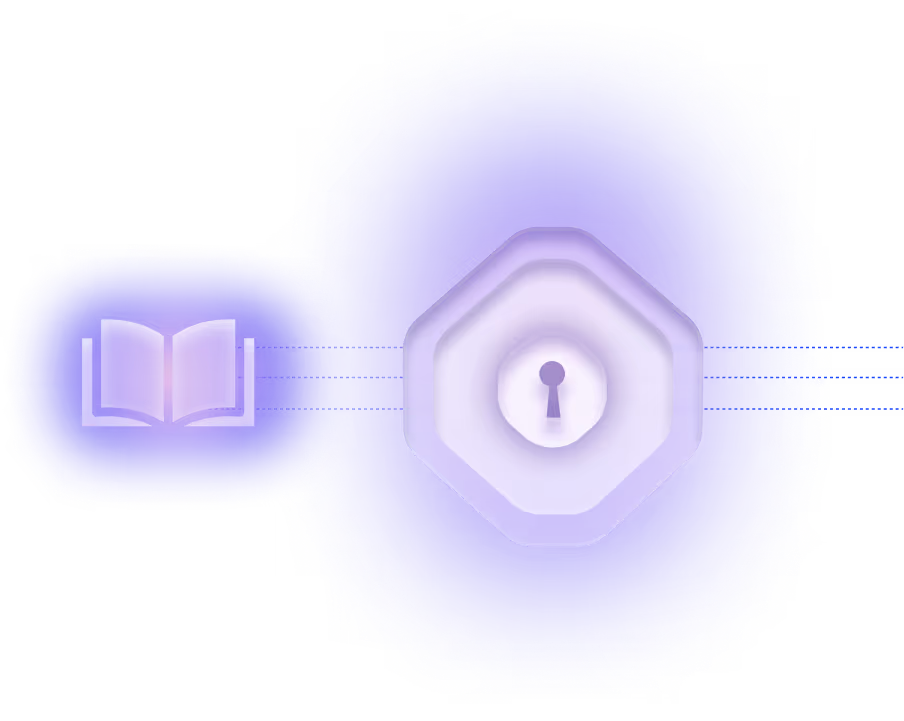Lifecycle Management

What is lifecycle management?
In cybersecurity, lifecycle management refers to the end-to-end governance of identities, credentials, and access rights—from initial provisioning through to rotation, monitoring, and eventual decommissioning. When applied to non-human identities (NHIs) such as service accounts, API keys, and machine credentials, lifecycle management becomes a foundational control for securing modern infrastructure. Unlike human users, NHIs often operate in automated, high-scale environments where unmanaged credentials can persist unnoticed, introducing significant risk.
Why is it important?
Effective NHI lifecycle management is essential for enforcing least privilege, reducing attack surface, and ensuring compliance with regulatory frameworks such as NIST 800-53, PCI DSS, and GDPR. Without lifecycle controls, NHIs are susceptible to over-permissioning, orphaned credentials, and static secrets—factors implicated in a growing number of cloud security incidents. For example, compromised or unrotated API credentials have enabled attackers to maintain persistent access across cloud services, as seen in the Cloudflare and LastPass breaches.
What are common applications or use cases?
In practice, NHI lifecycle management includes:
- Just-in-time (JIT) provisioning to issue short-lived credentials during task execution
- Secrets rotation and renewal using tools like AWS KMS or Vault to prevent key reuse
- Continuous authentication and authorization, often via mTLS or OAuth 2.0
- Automated decommissioning, including dependency mapping and revocation propagation
These controls are implemented across CI/CD pipelines, microservice architectures, and hybrid cloud environments to secure workload identities without disrupting operational continuity.
What is the connection to NHIs?
NHIs typically lack interactive oversight, making lifecycle automation and policy enforcement critical. Unlike human users, NHIs can scale rapidly (10:1 ratio in cloud environments), operate 24/7, and access sensitive systems programmatically. Lifecycle management ensures that each NHI is authenticated, authorized, and monitored throughout its existence, and securely removed when no longer required.
Are there any notable industry data, trends, or standards?
Industry data shows that 63% of cloud breaches involve NHI credential misuse. In response, emerging standards such as NIST SP 800-207B and CISA’s Zero Trust Maturity Model emphasize continuous validation and credential hygiene for machine identities. Trends include AI-driven credential rotation, post-quantum key algorithms, and behavioral anomaly detection for NHIs.
What is the broader impact or takeaway?
Lifecycle management transforms NHIs from passive risk factors into controllable, auditable assets. By embedding automated lifecycle controls into the fabric of identity governance, organizations can reduce breach risk, support zero trust architecture, and maintain compliance across complex, multi-cloud environments. As infrastructure becomes increasingly software-defined, NHI lifecycle management will be a core pillar of resilient, scalable cybersecurity programs.





